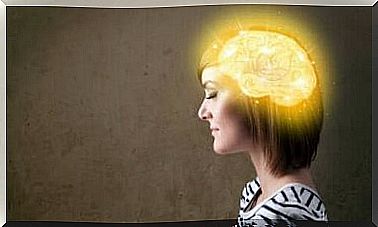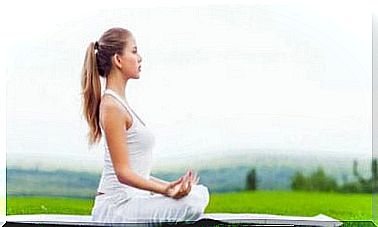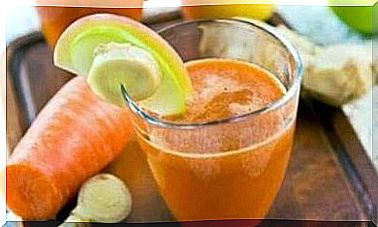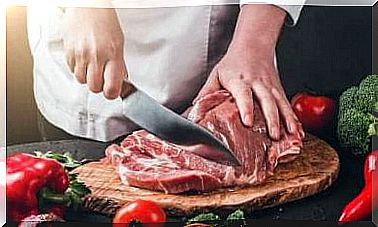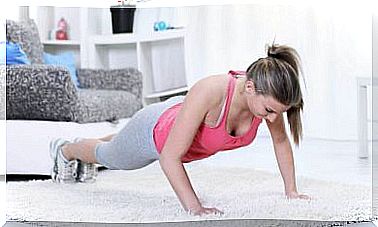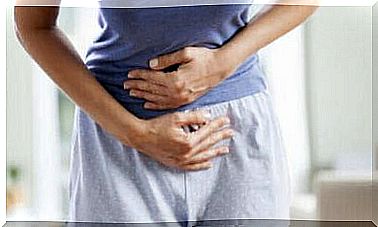How To Treat Muscle Cramps At Home
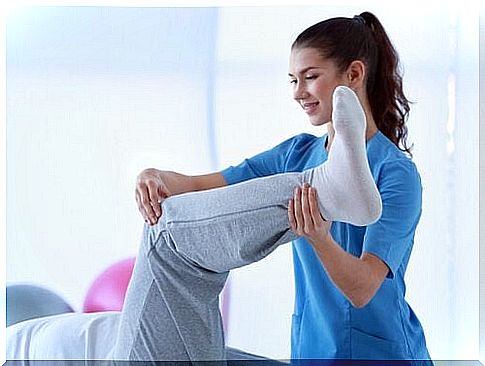
Muscle cramps are involuntary spasms or contractions of the muscles. They are usually very painful and can last anywhere from a few seconds to several minutes. It is possible to have more than one muscle cramp at a time.
You can get cramps in virtually any muscle. The most common cramps are the calf muscles, thigh muscles, and also the muscles in the feet, hands, neck and abdomen.
In this article, we will therefore talk about muscle cramps, their cause, symptoms, obstruction, as well as some good tips.
Causes of muscle cramps
Muscle cramps come from overstimulation of the nerves that stimulate the muscles. This overstimulation is usually caused by:
- Violent physical activity (cramps may appear after or during physical activity).
- Dehydration (an important cause for the elderly and people using diuretics – ie diuretics).
- Pregnancy (these cramps are generally caused by low magnesium levels).
- Electrolyte states, mainly depletion of calcium and magnesium.
- Bone fractures ( to protect the fracture, the muscles around the injury will contract involuntarily ).
- Metabolic changes such as diabetes, high metabolism, alcoholism and hyperglycaemia (high blood sugar).
- Neurological changes such as Parkinson’s disease, various neurological diseases or myopathy.
- Venous insufficiency and varicose veins in the legs.
- Long periods of inactivity (such as sitting in a bad position)
To prevent muscle cramps
To prevent muscle cramps, you should always do lots of stretching before and after any physical activity. This is especially important if you usually sit very still. It is also important to have enough fluids before, during and after exercise, as well as to avoid exercising on very hot days.
Many people struggle with cramps at night, mainly in the legs and feet. These are also called nocturnal idiopathic cramps. Those who struggle with this usually have seizures in family history, and it is currently not known what causes them.
If you are struggling with these cramps, we recommend a routine where you stretch out 15 minutes before going to bed. We also recommend eating foods that are rich in calcium and magnesium, that you have a good fluid intake throughout the day, and that you stay active.
Practical advice for when you get cramps
Stretching is the best way to prevent cramps, especially those that appear in the legs. Nevertheless, it must be said that this is not something that improves overnight. You must have spent at least a few weeks stretching a little each day so that the muscles become more resistant to involuntary contractions.
Regular stretching and good fluid intake solve the problems for most people who struggle with leg cramps.
The best way to control the amount of fluid you ingest is to observe the color of your urine. If you are very dehydrated, the urine will have a dark yellow color, as well as a strong odor. On the other hand, if you are well hydrated, your urine will be clear and odorless.
Natural remedies and advice
Potassium
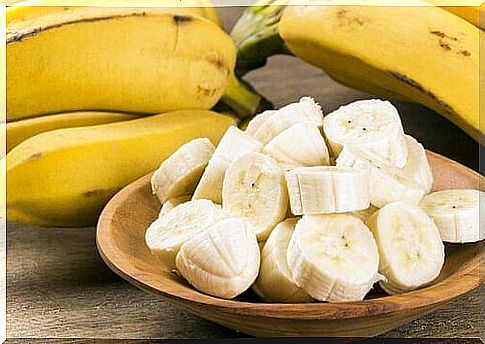
Good levels of potassium in the body prevent muscle cramps. Fruits such as kiwi and banana contain a lot of this vitamin. It is a great cure, both for preventing and curing seizures.
What should you do?
- Eat a banana before any workout.
- Another option is to drink a banana smoothie
Apple cider vinegar

Apple cider vinegar is a great cure for muscle pain as it helps the circulation and tones the skin. It can be applied to the outside of the skin.
Ingredients
- 2 tablespoons apple cider vinegar (30 ml)
This is what you do
- Apply it on the areas where you usually struggle with cramps. A few light massages should be enough, then let it dry.
Solblom
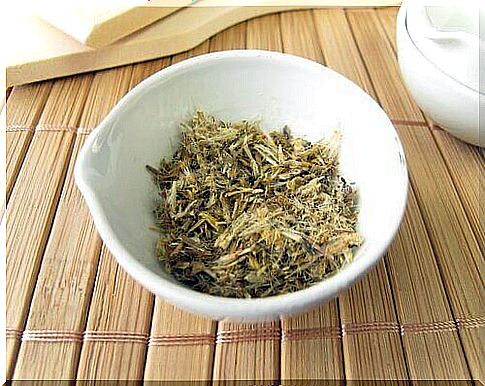
Sunflowers are used to treat bruises, pain from arthritis, and stiff limbs. It is possible to make an extract of these flowers, soak up the extract in a cloth and then apply it on the exposed area.
Note:
Ingredients
- 1 tablespoon sunflower (15 grams)
- 1 cup water (250 ml)
This is what you do
- Pour the water into a saucepan and add the sunflowers.
- Bring the water to a boil and turn off the heat. Leave it for 5 to 7 minutes. Then pour it into a cup and drink.
- Another option is to use a cloth to soak up the mixture.
Try massages
You can improve the pain by massaging the exposed areas with light, circular motions. There are also anti-inflammatory and analgesic creams and ointments that athletes use. These help reduce pain, relax muscles and improve circulation.
This is what you do
- Massage the exposed areas with light, circular motions.
